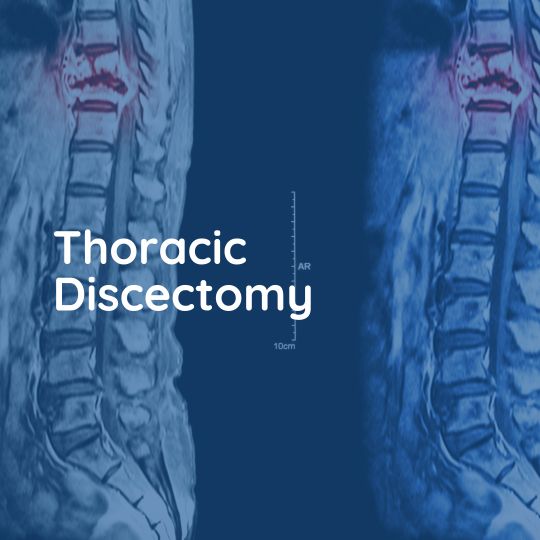
Thoracic Discectomy
Disc bulges or protrusions in the thoracic spine are very much less common than in other areas of the spine. This may be due to the fact that the thoracic spine is protected by the rib cage. Discs do, however, become damaged through trauma, bad working posture, or simply degenerative disease and may require surgery.
Causes
Symptoms
Treatment
Causes
A herniated disc in the thoracic spine can be caused by a number of factors, including degenerative disc disease, trauma, or a sudden impact to the back.
Symptoms
The symptoms of a herniated disc in the thoracic spine can vary depending on the individual, but may include back pain, muscle weakness or spasms, numbness or tingling in the arms or legs, and difficulty with balance or coordination.
Treatment
Non-surgical treatments such as physical therapy, medication, and injections are usually the first line of treatment for a herniated disc in the thoracic spine. However, if these treatments do not provide relief, thoracic discectomy may be recommended. During the procedure, the surgeon removes the herniated disc and any other damaged tissue in the area to relieve pressure on the spinal cord or nerves.
Who needs it?
Patients with neurological problems caused by pressure on the spinal cord from a thoracic disc protrusion. Occasionally this technique is also used for thoracic back pain when the disc is the source of the pain (as demonstrated by discography).
How is it done?
There are several techniques, depending upon the location of the disc protrusion and the surgeon’s preference.
Posterior
The spine is approached through an incision on the back. This may be in the midline (posterior approach) or slightly off to the side (postero-lateral approach). A small amount of bone is removed from the laminae at the back of the spine and the disc is removed, taking care to avoid pressure on the spinal cord. A microscope may be used to have better visualization during the operation. To get a better view it may be necessary to remove part of the bone at the side of the spine and a portion of the adjacent rib (costo-transversectomy).
Anterior (or antero-lateral)
Here the spine is approached through the chest. It may be done thoracoscopically, using operating telescopes and a minimally invasive approach. Three or four small (1cm) incisions are needed. Alternatively, an open approach may be used, with an incision on the side of the chest, usually sloping downwards in the line of the ribs. A piece of one rib is often removed to allow better access to the spine. The disc is clearly seen and, once the correct level has been confirmed with x-rays, the disc is removed.
Sometimes the surgeon will want to fuse the spine at the same time, which may be done by inserting a portion of the rib removed earlier into the disc space.
Recovery
Posterior operations may require a 5 – 7 day stay in hospital, unless a microscopic approach has been used, when the stay is usually shorter. There is a gradual increase in exercise after this surgery. By 6 – 8 weeks post-operatively, most patients are resuming normal daily activities. Anterior operations may take longer to recover from and require a slower return to activities. The wound on the chest may be painful for many weeks. Deep breathing exercises are vital, as well as spinal rehabilitation.
More Spinal Conditions

Spine Tumor Surgery in Karachi: Leading the Way with Prof. Dr. Akbar Ali Khan, Best Neurosurgeon in Pakistan

Advancing Spinal Health: Understanding Vertebrectomy with Prof. Dr. Akbar Ali Khan
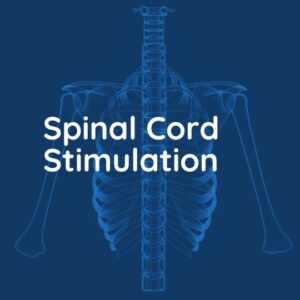
Spinal Cord Stimulation

Kyphoplasty and Vertebroplasty

Vertebrectomy/Corpectomy

Foraminotomy
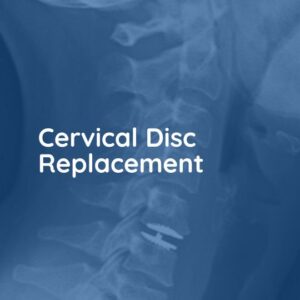
Cervical Disc Replacement

Anterior Cervical Discectomy and Fusion
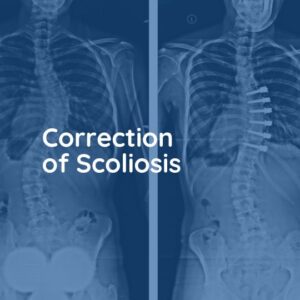
Correction of Scoliosis

Thoracic Discectomy
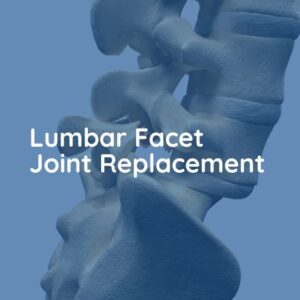
Lumbar Facet Joint Replacement
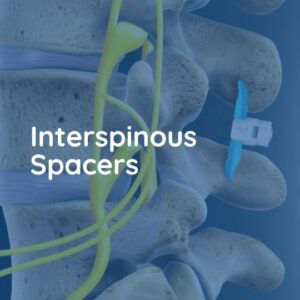
Interspinous Spacers

Endoscopic Lumbar Discectomy

Laminectomy

Disc Replacement Operation

Posterior Lumbar Fusion


